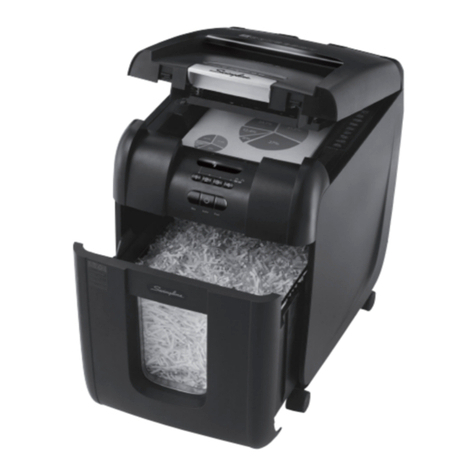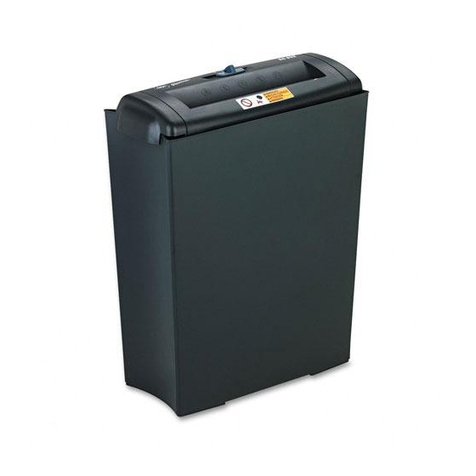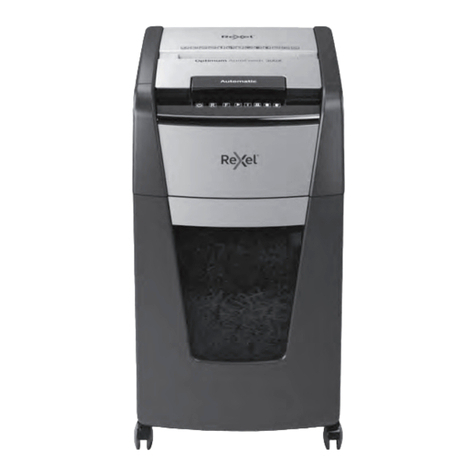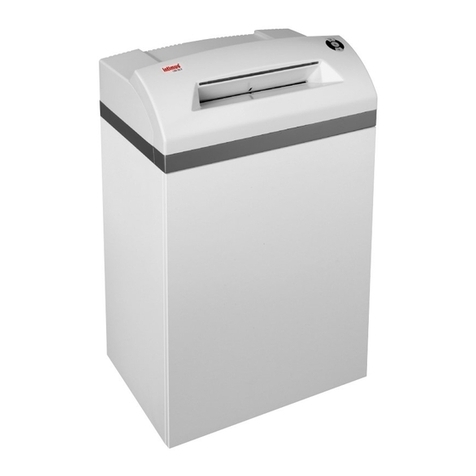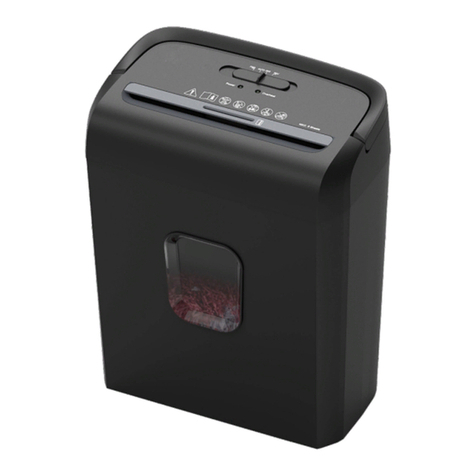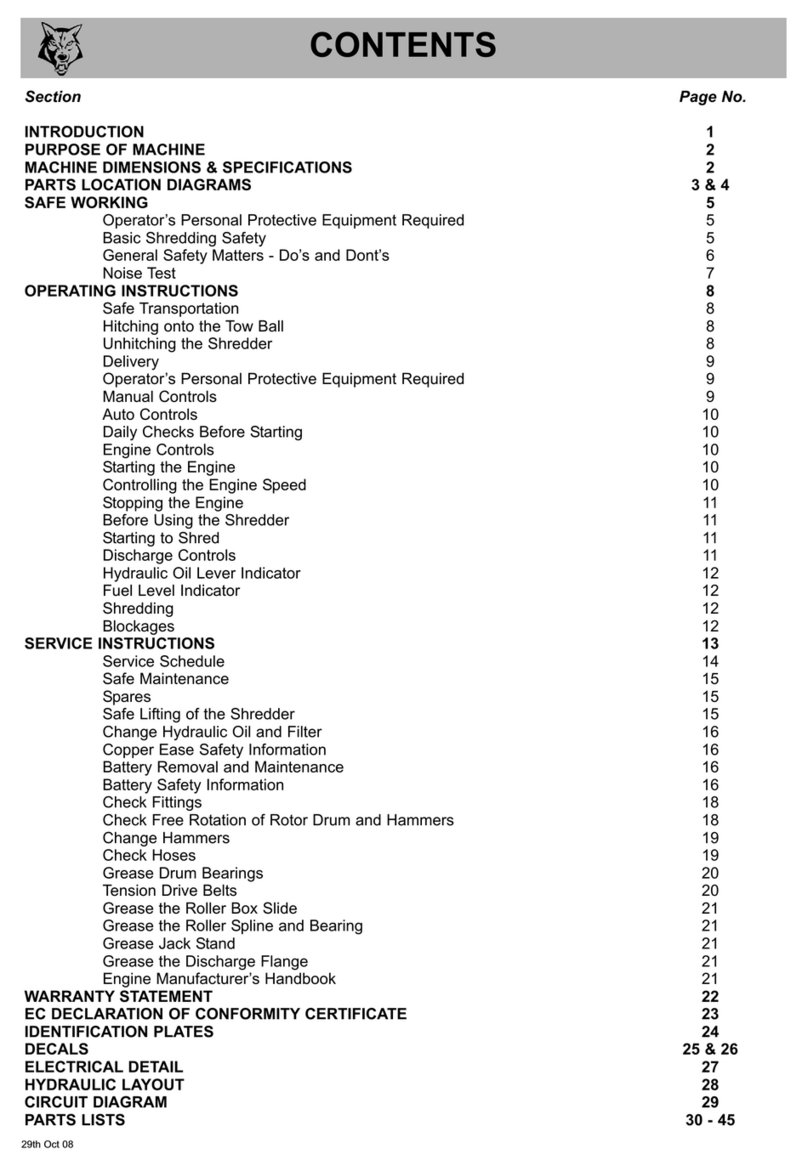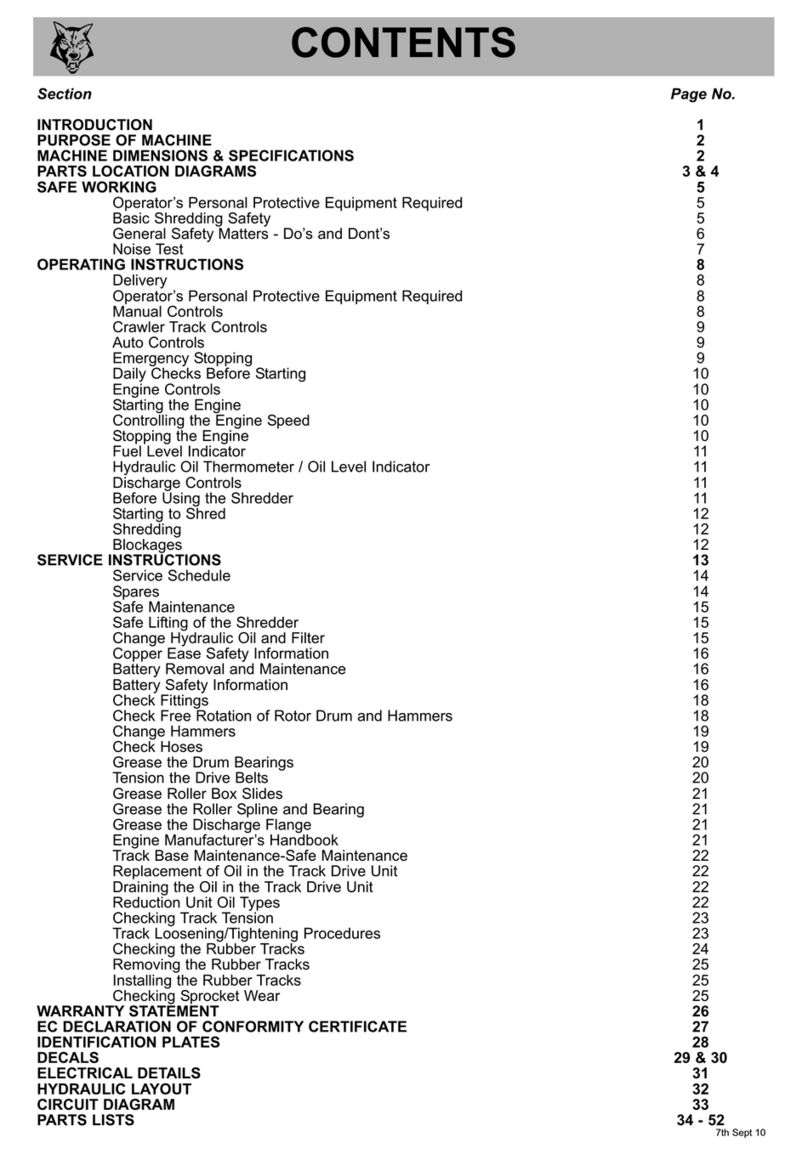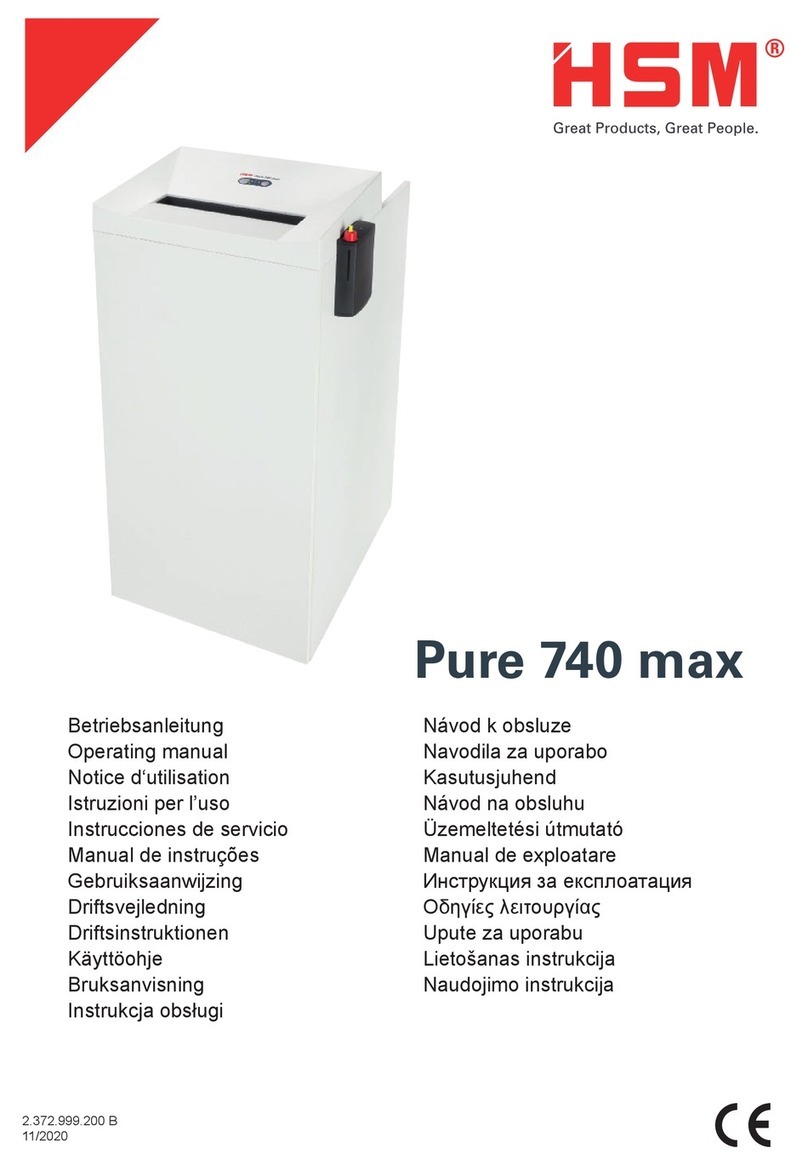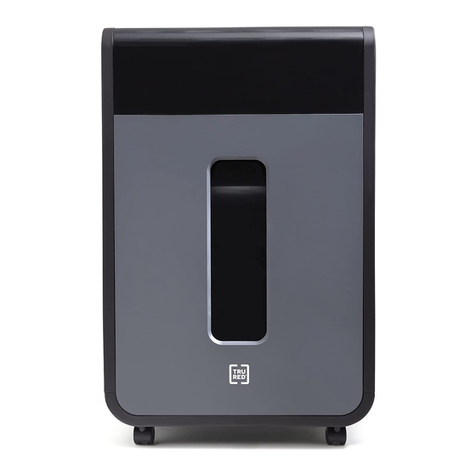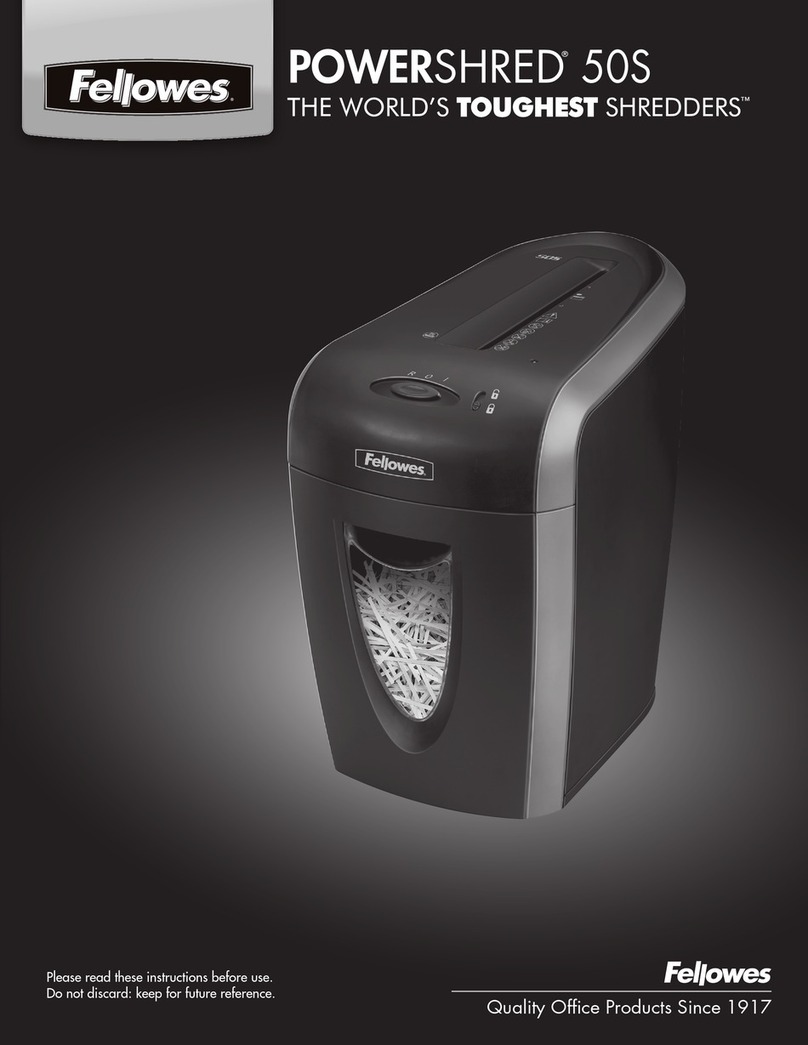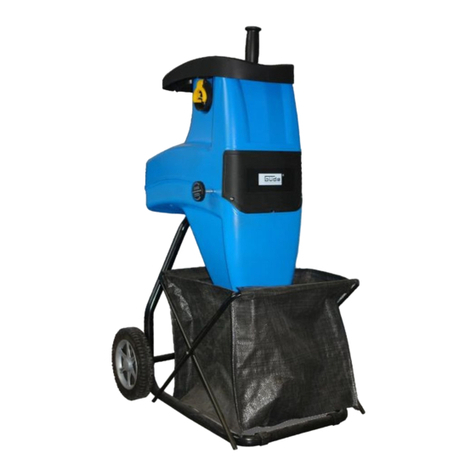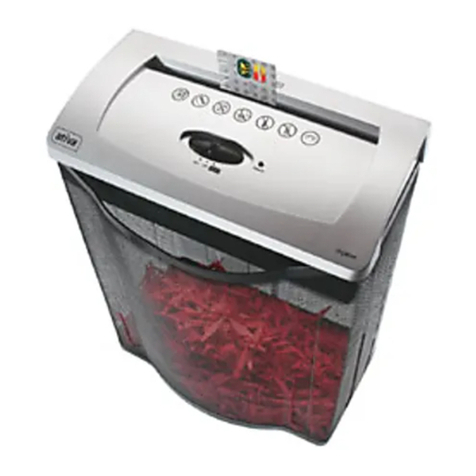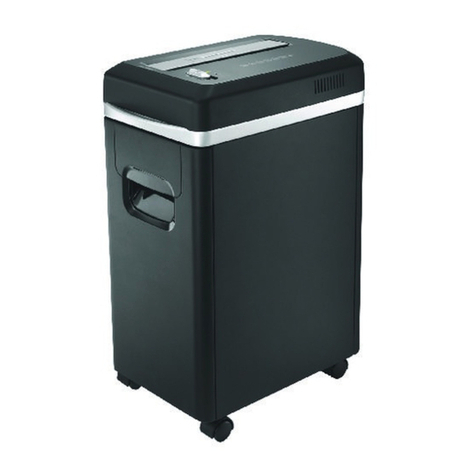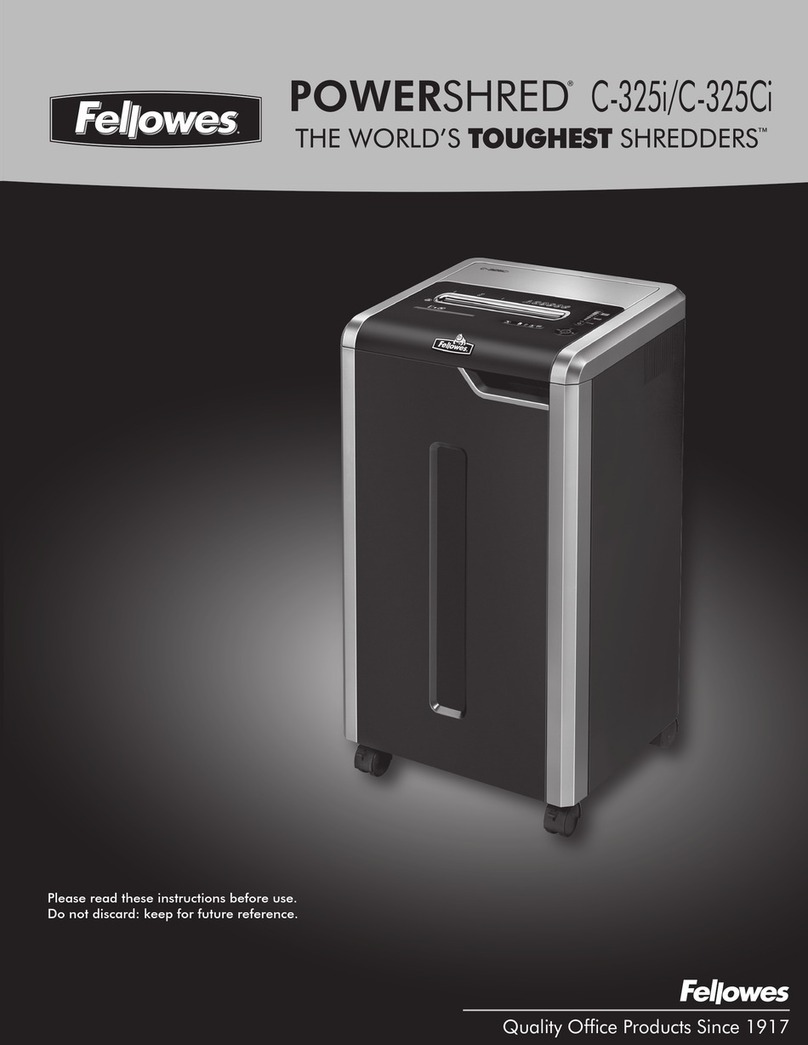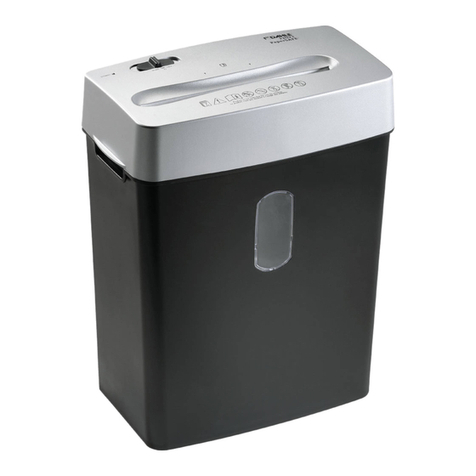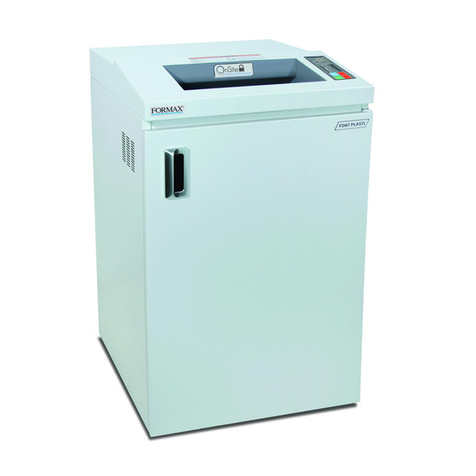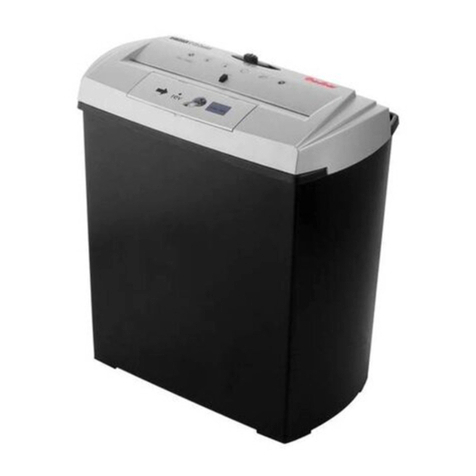TIMBERWOLF
TW SX200
9SAFE WORKING
• CHECK ball head is well greased.
• W ND jockey wheel assembly anticlockwise until
the tow head is above the height of the ball hitch
on the vehicle.
• REVERSE vehicle so the ball hitch is directly below
the tow head.
• ATTACH breakaway cable to a strong point on the
vehicle, not the ball hitch.
• GRASP handle on tow head and push back catch
with thumb.
• W ND jockey wheel assembly clockwise, to lower
the tow head onto the ball hitch.
• RELEASE handle and continue to wind jockey
wheel clockwise. The tow head should snap into
place on the ball hitch. f it doesn't, repeat
previous 2 steps.
• W ND jockey wheel up until fully retracted and the
jockey wheel frame is seated in its notch on the
stem. The chipper weight should be fully on the
vehicle.
• RELEASE jockey wheel clamp and slide the jockey
wheel assembly fully up.
• T GHTEN clamp on jockey wheel assembly.
• CONNECT electrical plug to socket on rear of
towing vehicle and check operation of all the trailer
and vehicle lights.
• THE shredder is now properly attached to the vehicle.
SAFE TRANSPORTATION WARNING DO NOT RIDE ON THE
SHREDDER WHEN IT IS
BEING TOWED.
HITCHING ONTO THE TOW BALL
When the shredder is unhitched it should be made
secure before starting work by applying the handbrake
and lowering the prop stand and jockey wheel (b).
When hitched to a vehicle the shredder handbrake
should be released and the prop stand and jockey
wheel stored in the towing position (a).
• APPLY handbrake.
• D SCONNECT the electrical cable from the
vehicle socket.
• RELEASE breakaway cable.
• RELEASE the jockey wheel assembly clamp.
• LOWER the jockey wheel assembly fully.
• RET GHTEN the jockey wheel assembly clamp.
• W ND the jockey wheel assembly anticlockwise
until it starts to take the weight of the shredder.
• GRASP the handle and release the catch with
your thumb.
• CONT NUE to wind the jockey wheel anticlockwise.
This should lift the tow head clear of the ball hitch.
• DR VE the vehicle clear of the shredder.
• W ND the jockey wheel assembly to a suitable
point where the shredder is level.
• THE shredder is now fully detached from the
vehicle.
• WHEN towing a shredder the maximum speed limit
is 60 mph (100 kph).
•ON rough or bumpy road surfaces reduce speed
accordingly to protect your machine from
unnecessary vibration.
•WHEN towing off road be aware of objects that
may catch the shredder undergear.
•WHEN towing off road ensure inclination is not
excessive.
•AVO D excessively pot holed ground.
•WHEN reversing the shredder the short wheel
base will react quickly to steering.
•ALWAYS check the discharge is tight before moving.
•KEEP tyre pressures inflated to 2.2 bar (32 psi).
•CHECK wheel nuts are tightened to 90Nm (65 lbs ft).
•CLEAR loose shreddings and debris from the
machine before departing.
•ENSURE safety bar catch is properly engaged
before departing
(a) (b)
UNHITCHING THE SHREDDER
STABILISING THE SHREDDER
